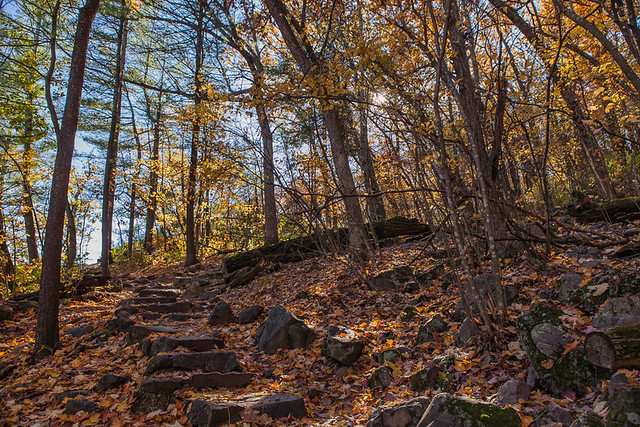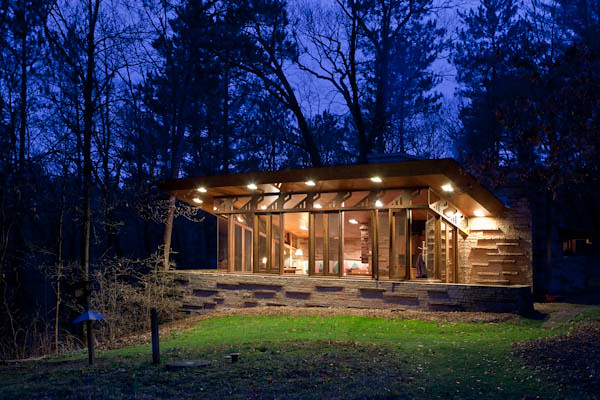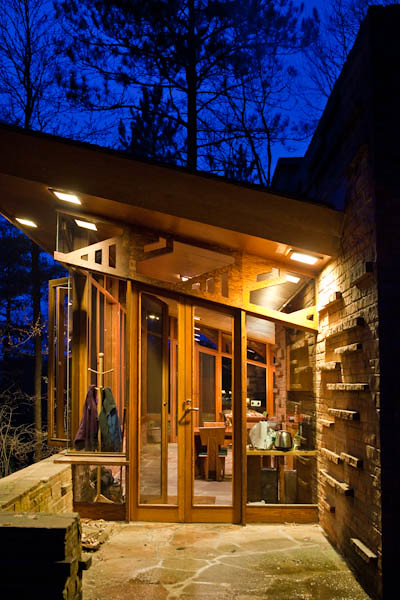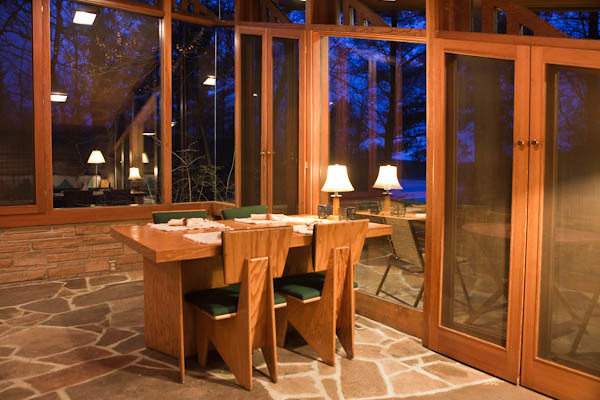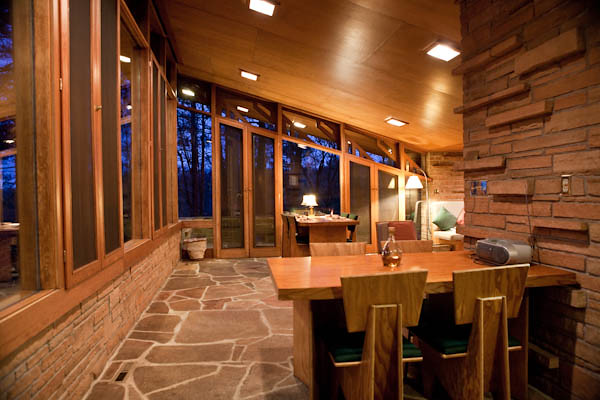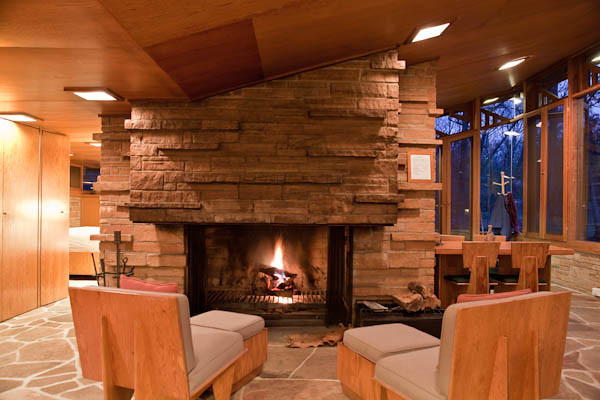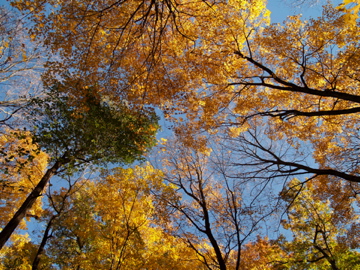“Walking shares with making and working that crucial element of engagement of the body and the mind with the world, of knowing the world through the body and the body through the world.” ~ Rebecca Solnit
There is something about hiking in a natural setting that is grounding and restorative.
The pounding of city pavement is an altogether different experience than walking upon earthen paths, climbing rocks dispersed in the last glacial age*, scrambling along boulders that eventually dammed glacial flow and created the lake I hiked along. (Devils Lake, the central feature of Devils Lake State Park in south central Wisconsin.)
In an age where many of us take our cars to get just about anywhere, and the average American walks 1.6 miles a week, mostly in malls, grocery stores and walking back and forth from parking lots to buildings. it is easy to forget that a day spent in nature is not only rejuvenating, it is a basic human need.
I am, by choice, a slow walker.
I do not get pleasure from counting steps and computing miles. But I do know I need to walk every day in the natural world, even if I am only walking through a nearby nature conservancy, along a path in a prairie restoration, even in the neighborhood park, a place filled with the recreational amenities of a neighborhood — playground, ball field, basketball hoops — but also open spaces and fields of grasses.
I take my time on these walks.
This is not aerobic exercise, but an exercise for my senses. I see a forest in shades of yellow, gold, orange, red, purple and every color of green and brown imaginable. The wind picks up and blows cool against my face. The sun passes in and out of colors, forcing me to perform an awkward dance of sorts while walking the paths — coat on, coat off, coat on again.
I pick up leaves of oaks and maples, the textures soft and pliable, their colors brilliant and mottled with specks of decay. I kick the piles of leaves at my feet and I gaze at the faraway countryside from the top of the bluffs, land quilted in peak autumn colors – a few farm fields, patches of hardwood forests, prairies, and rolling hills.
A smorgasbord for the senses.
*Wisconsin Glacier – 110,000 to 12,000 years ago. Not only did its receding create the lake that I hiked around, it also created such notable features as the Great Lakes, Long Island, Cape Cod, and Niagara Falls.
